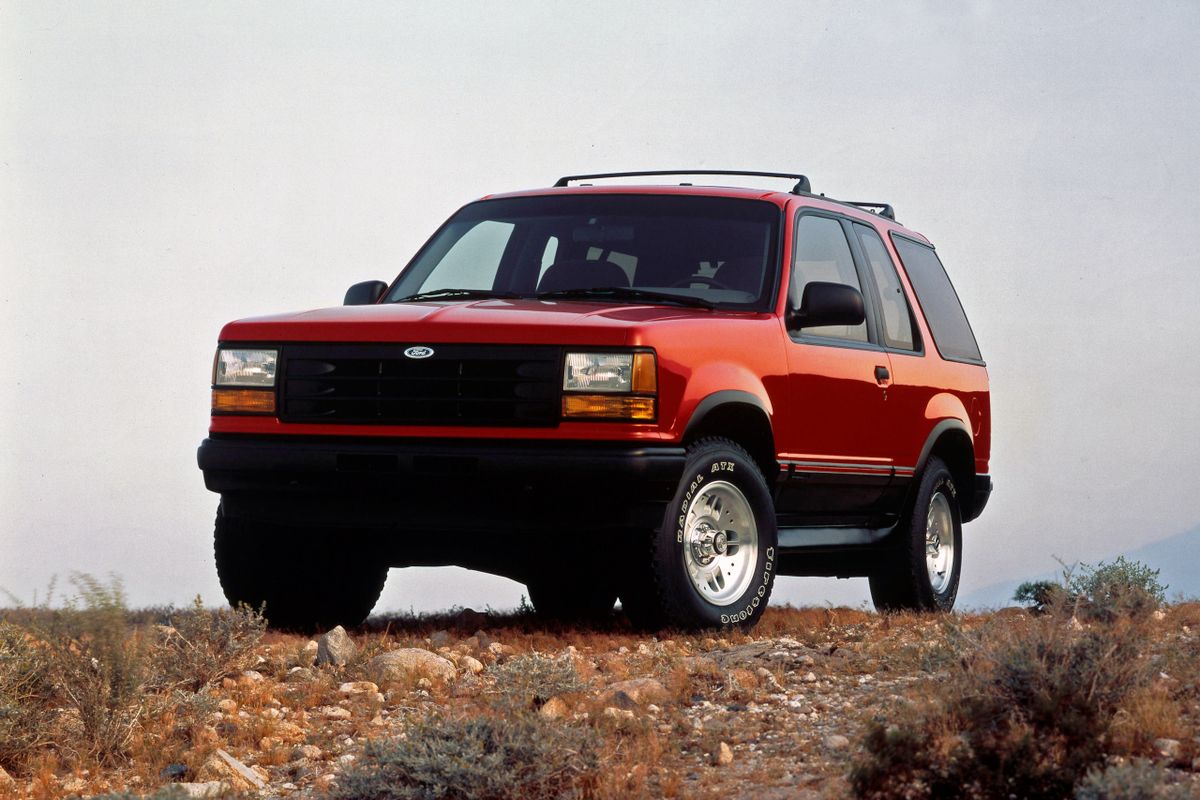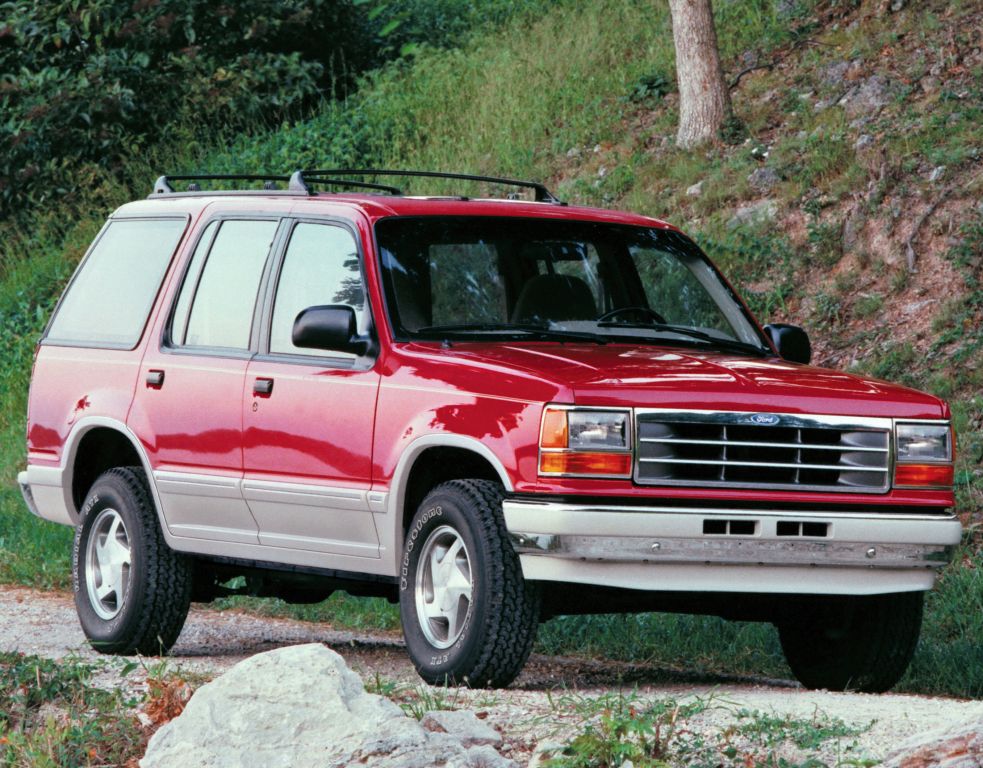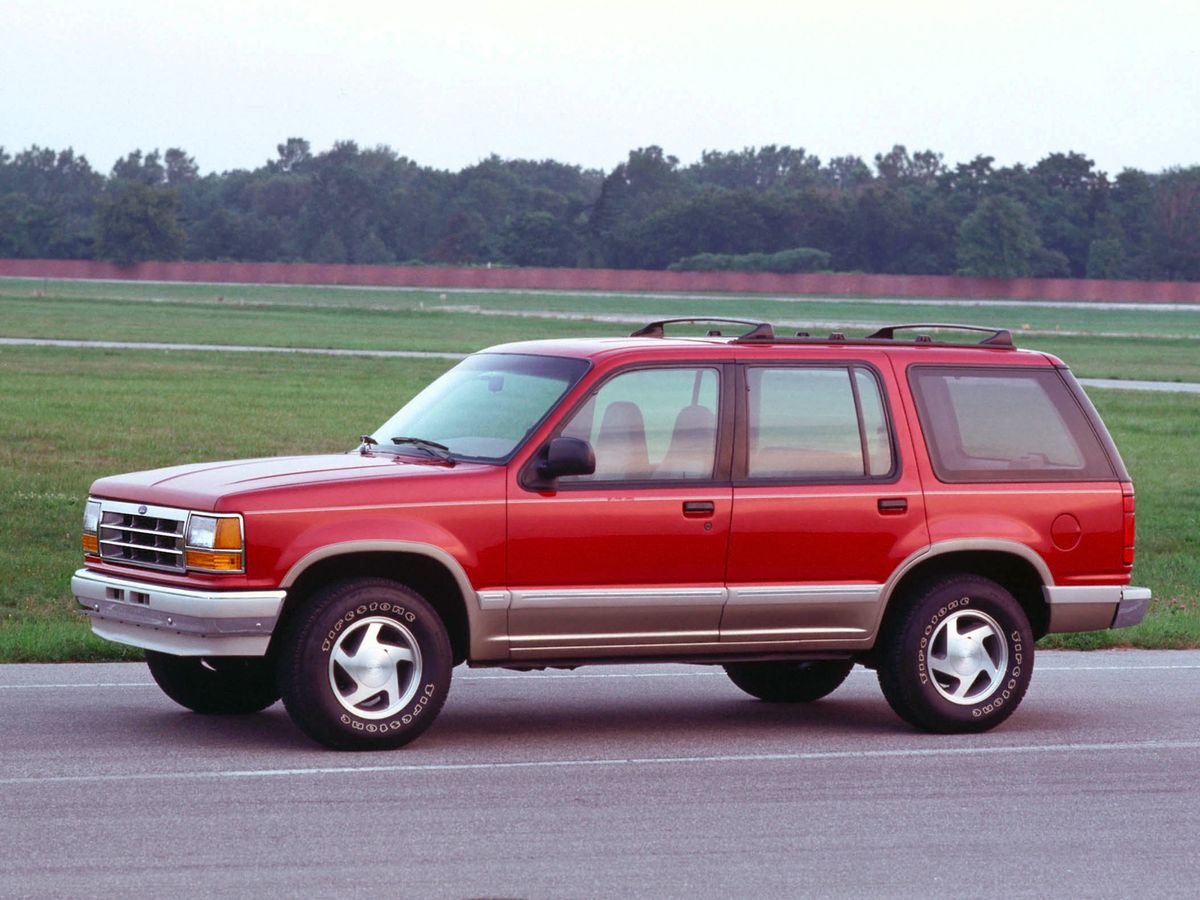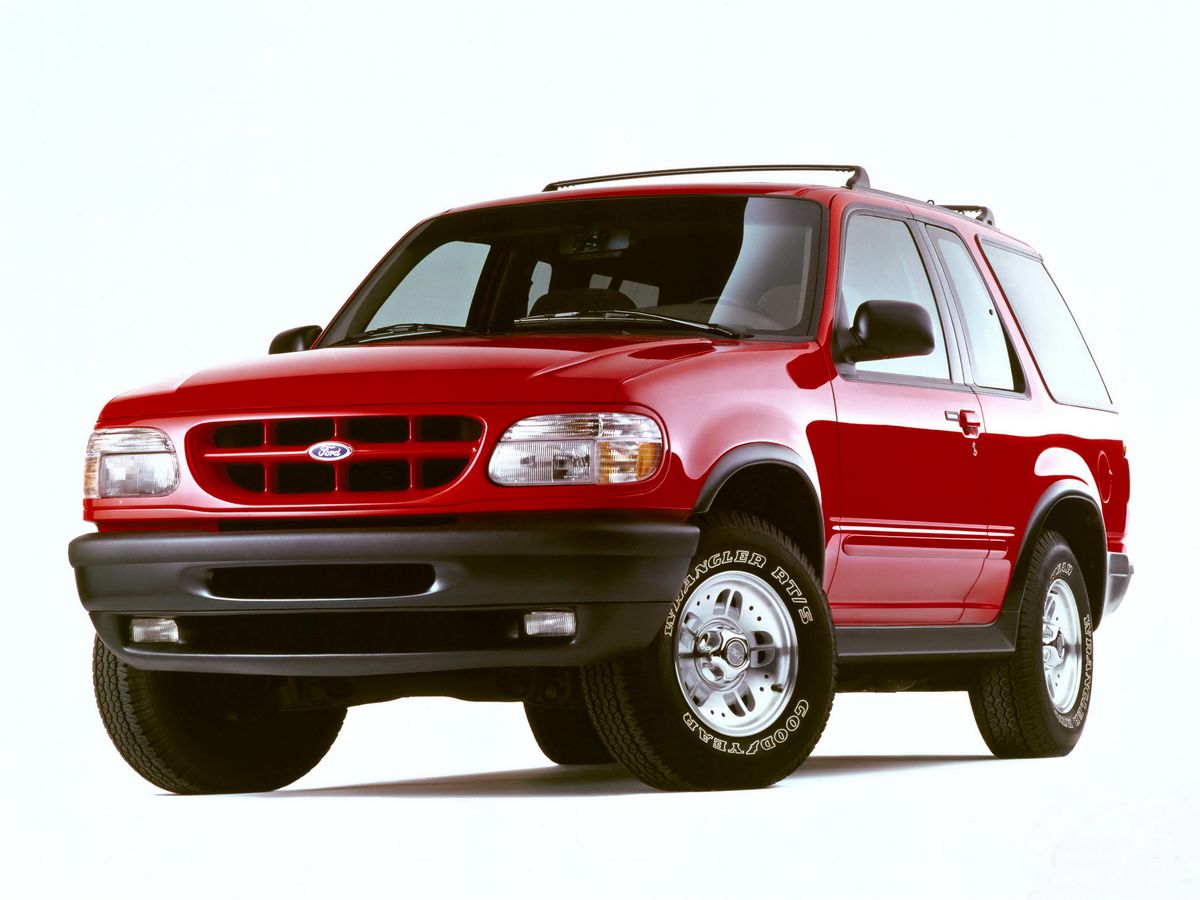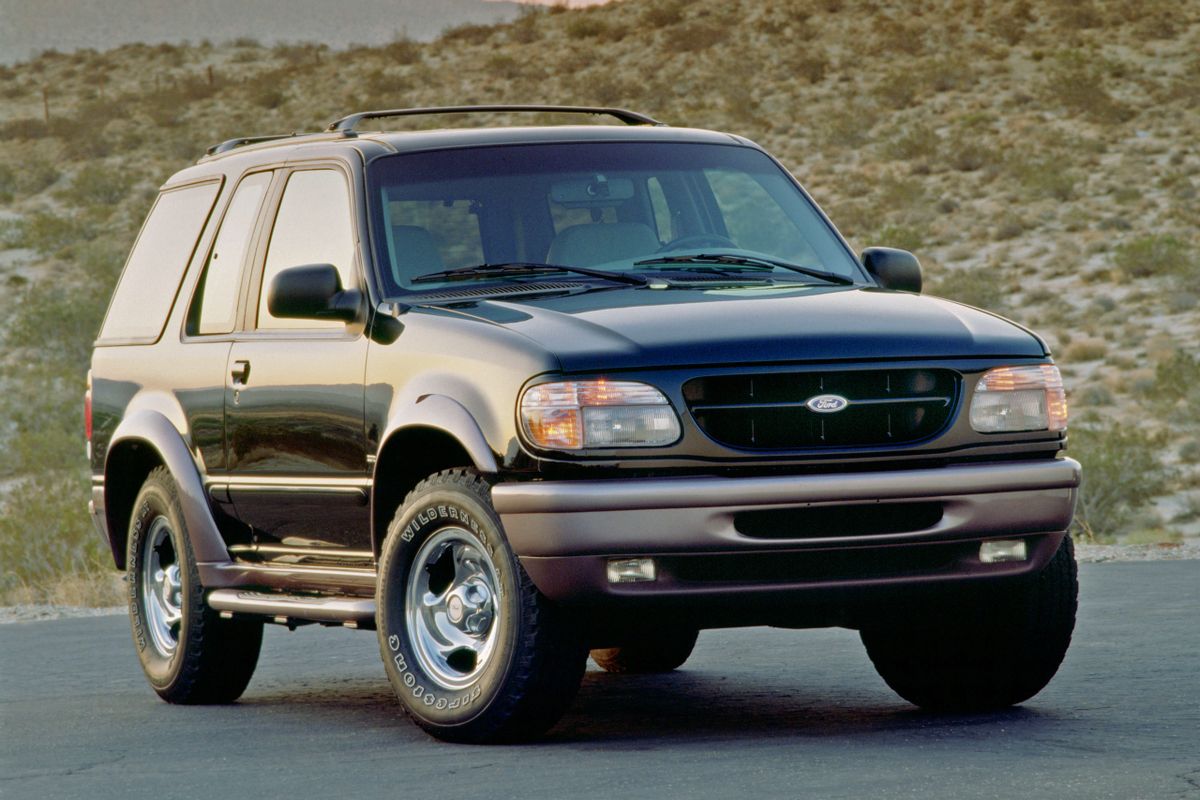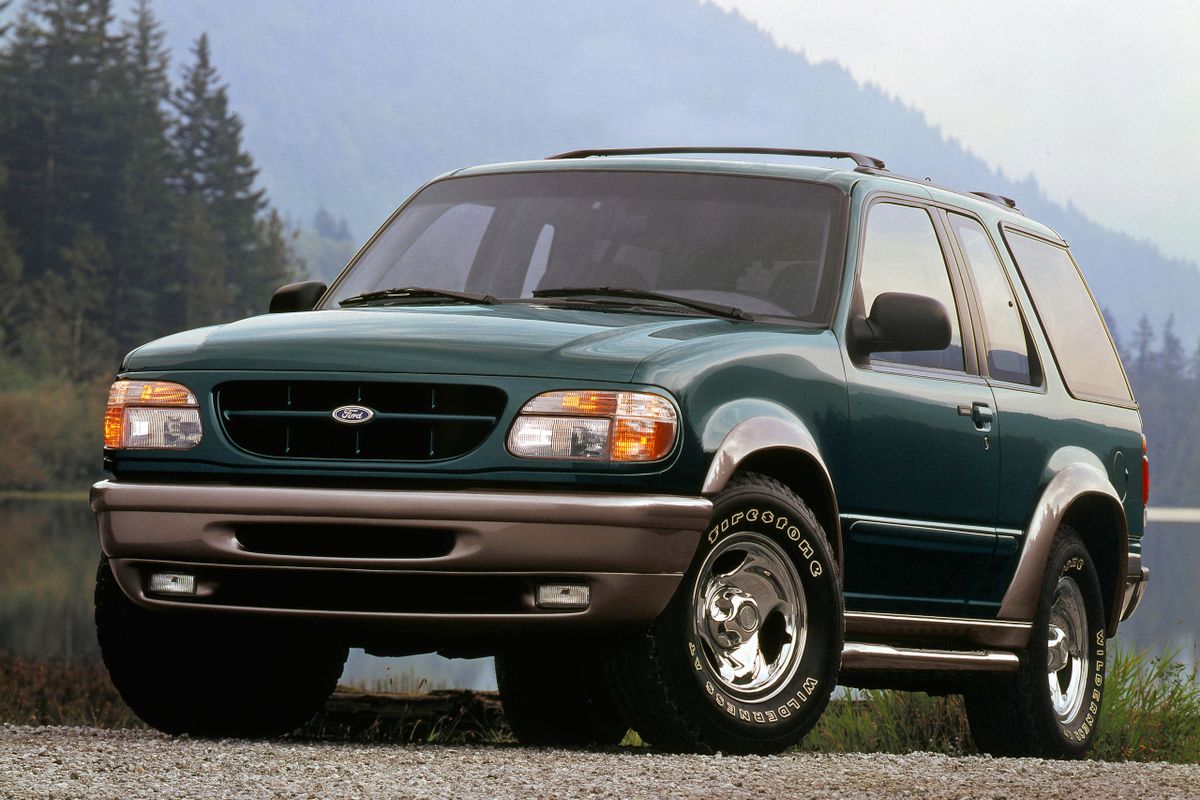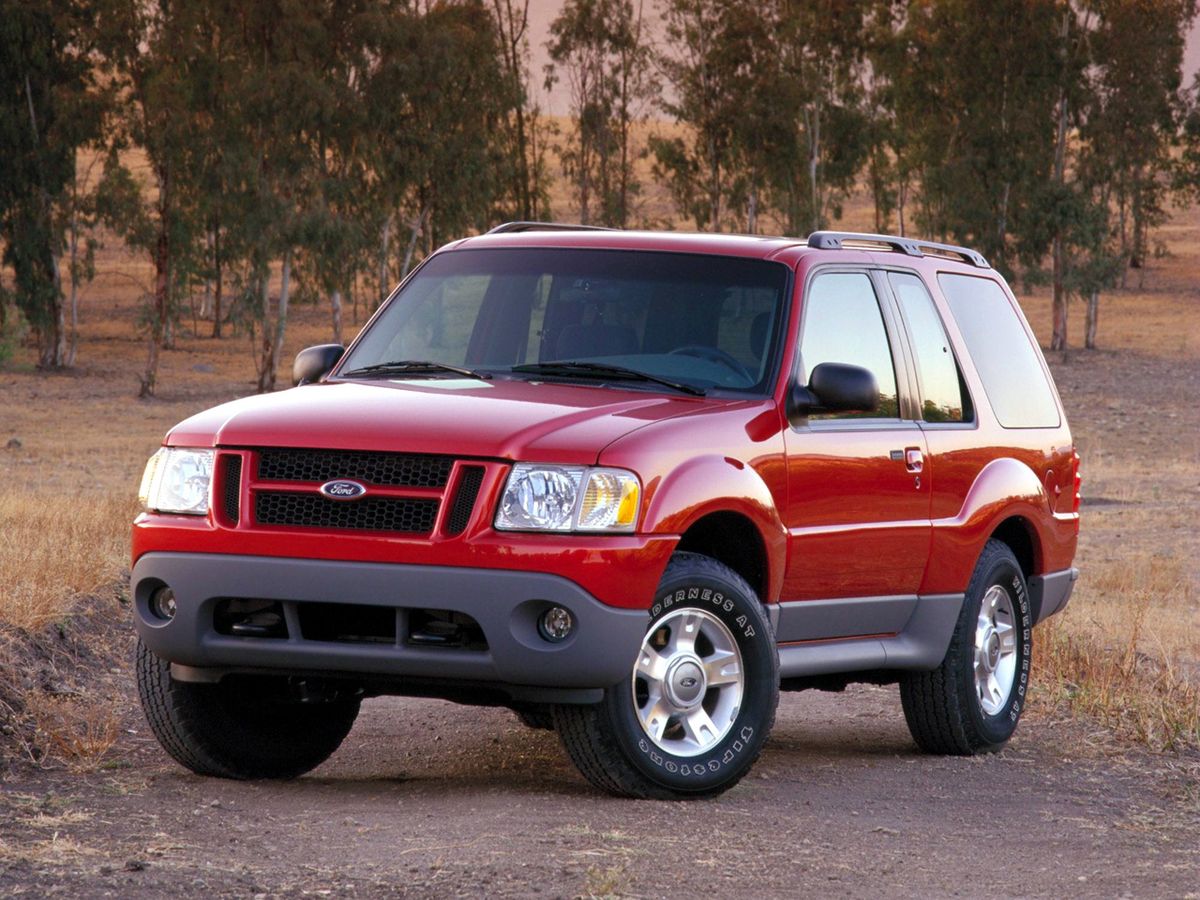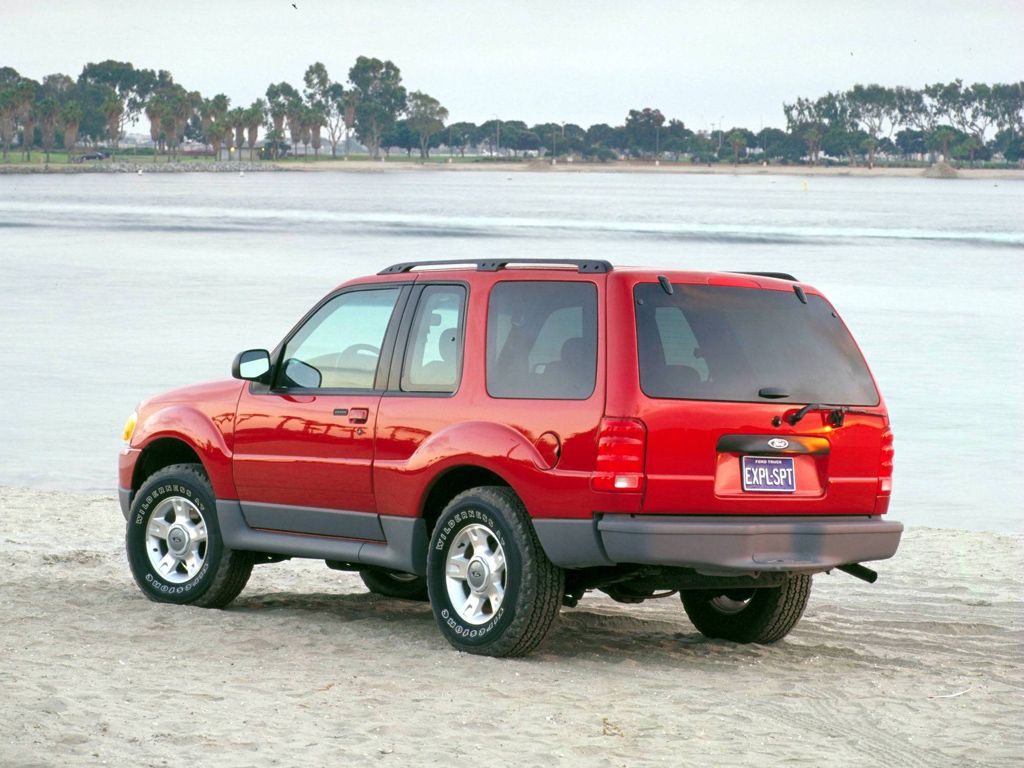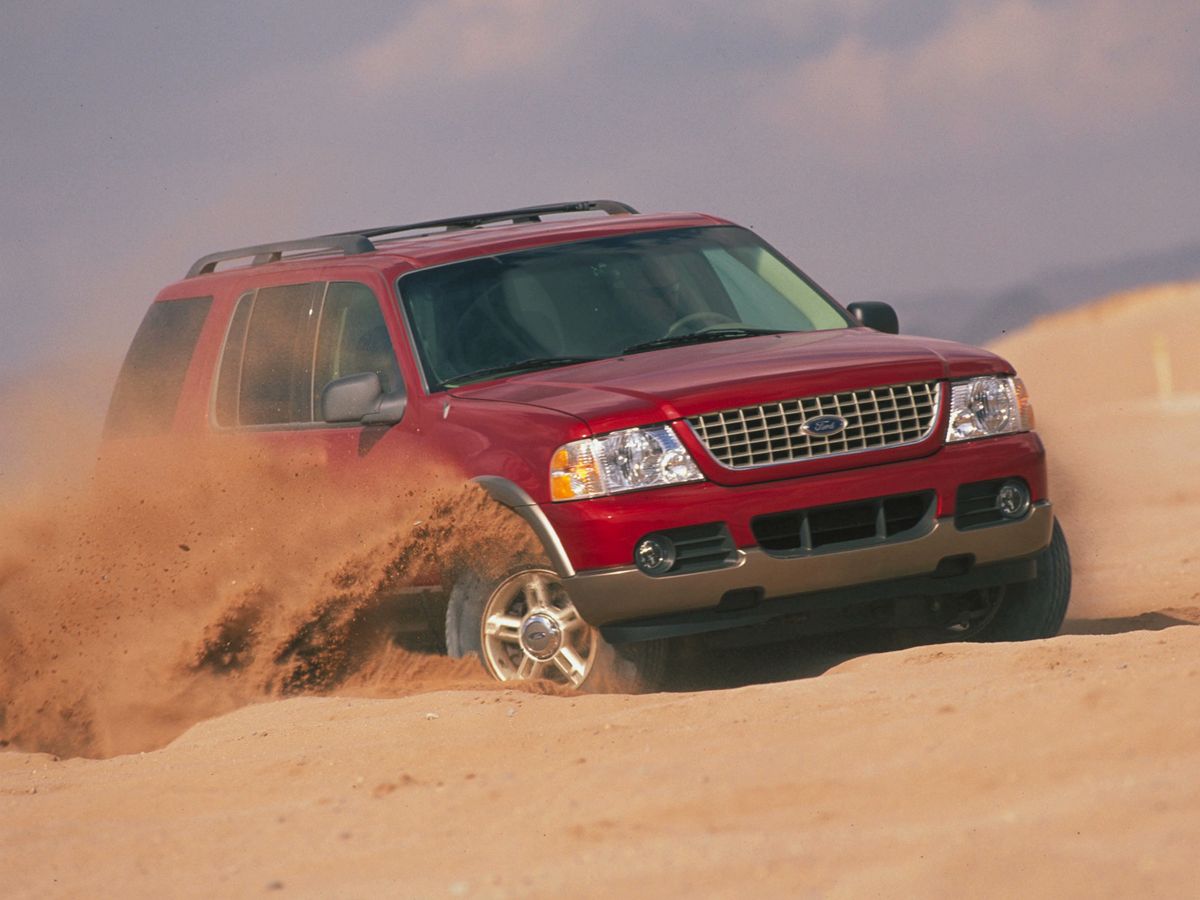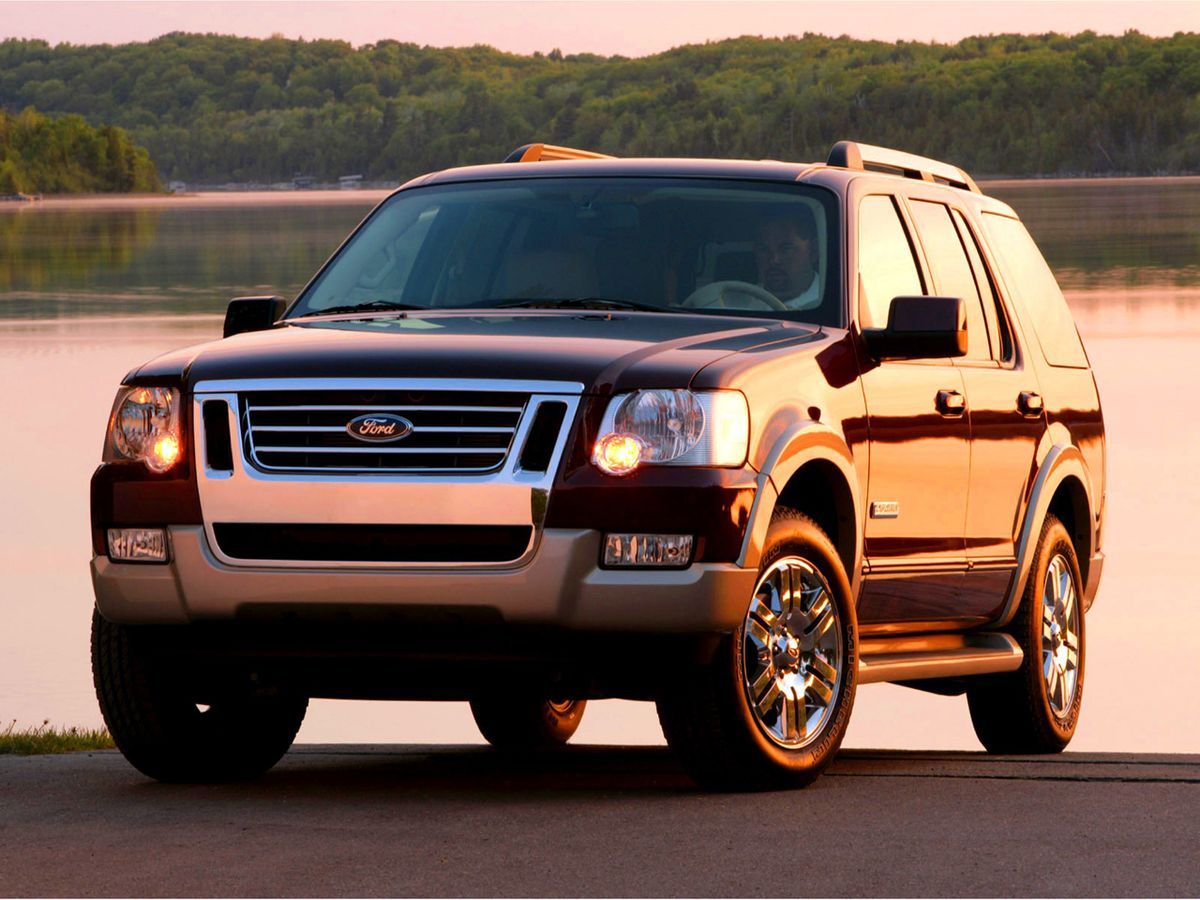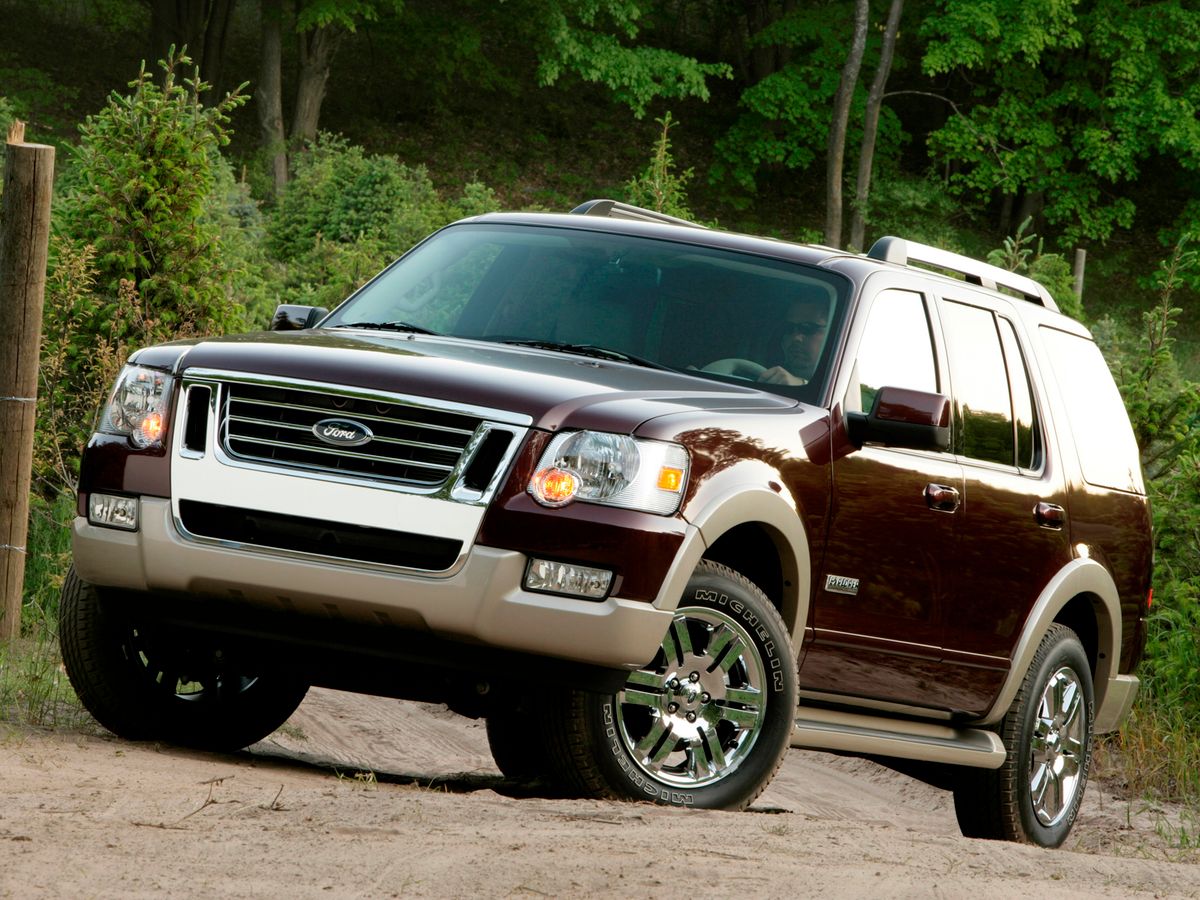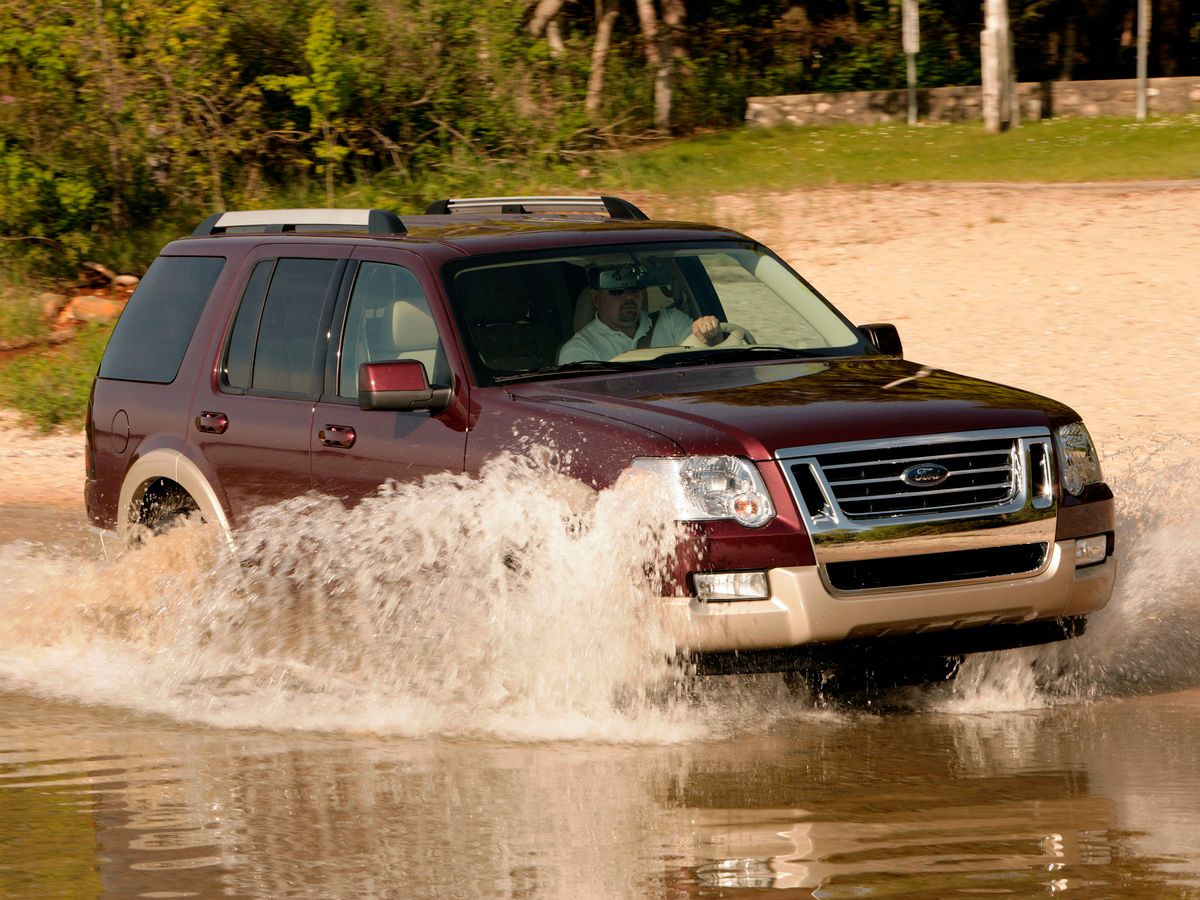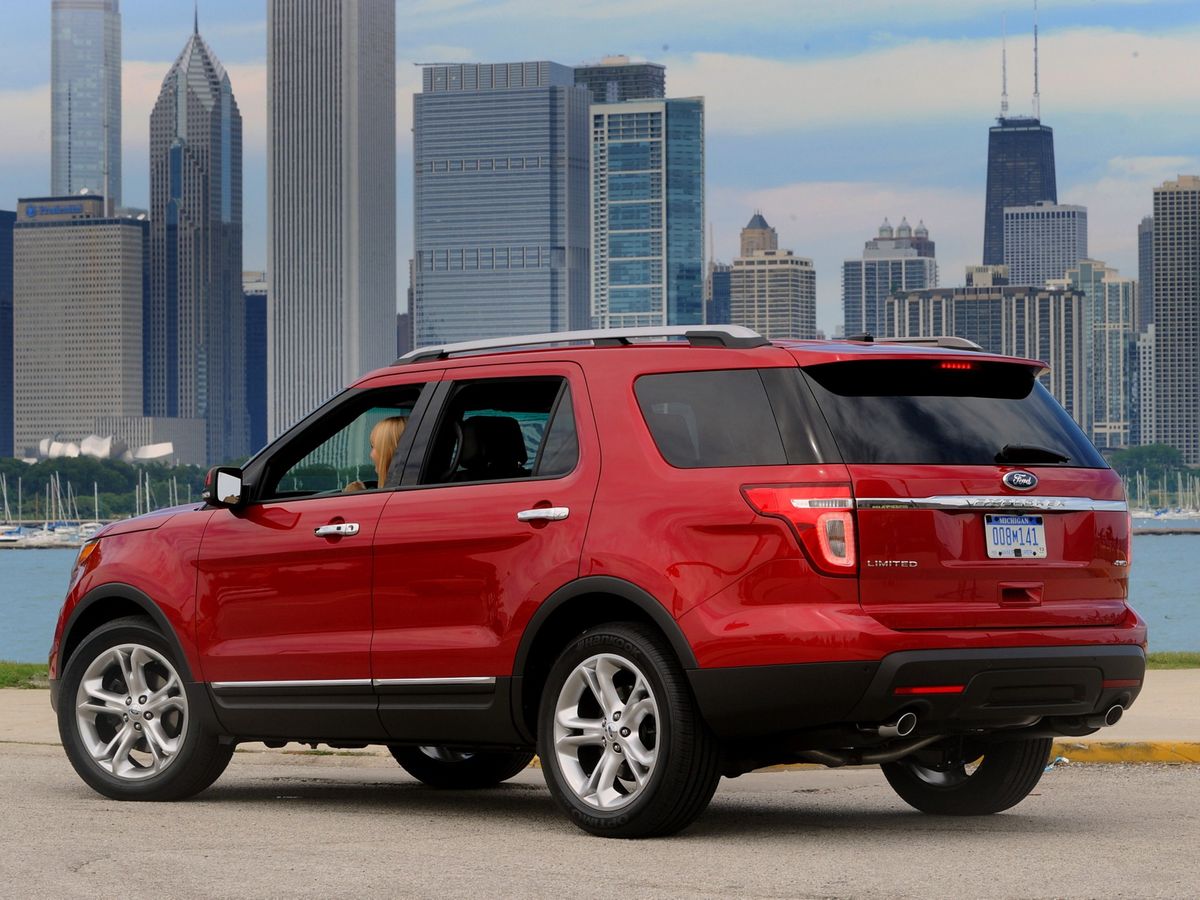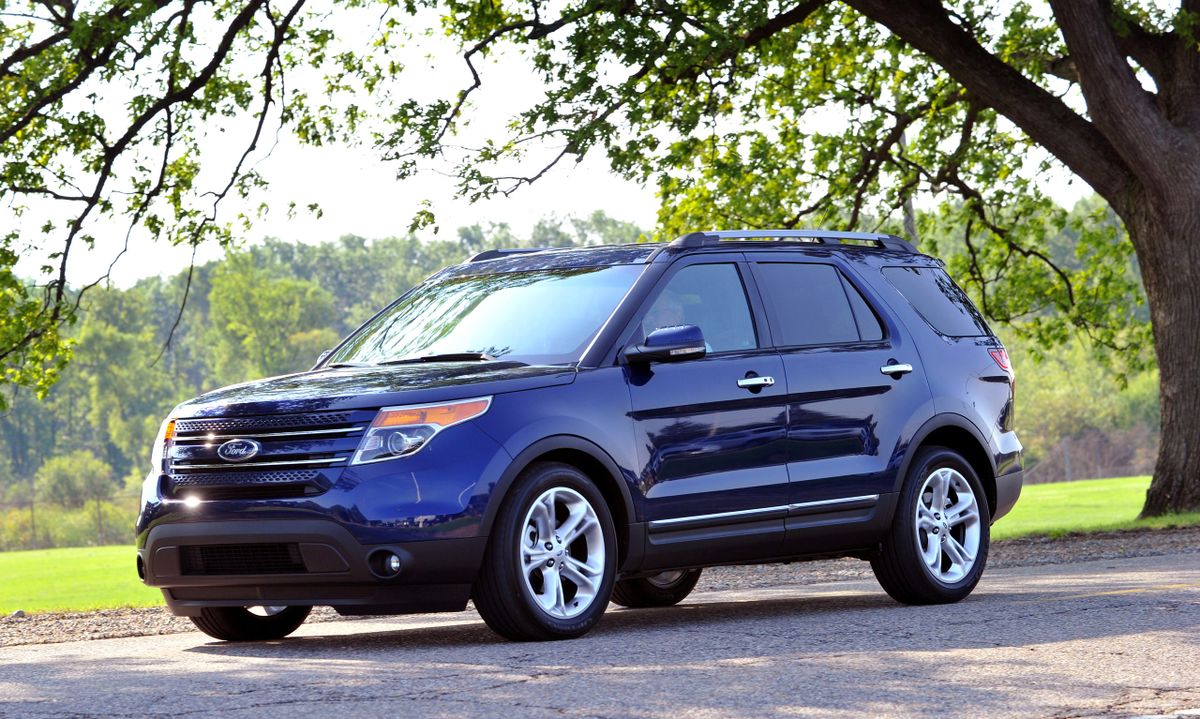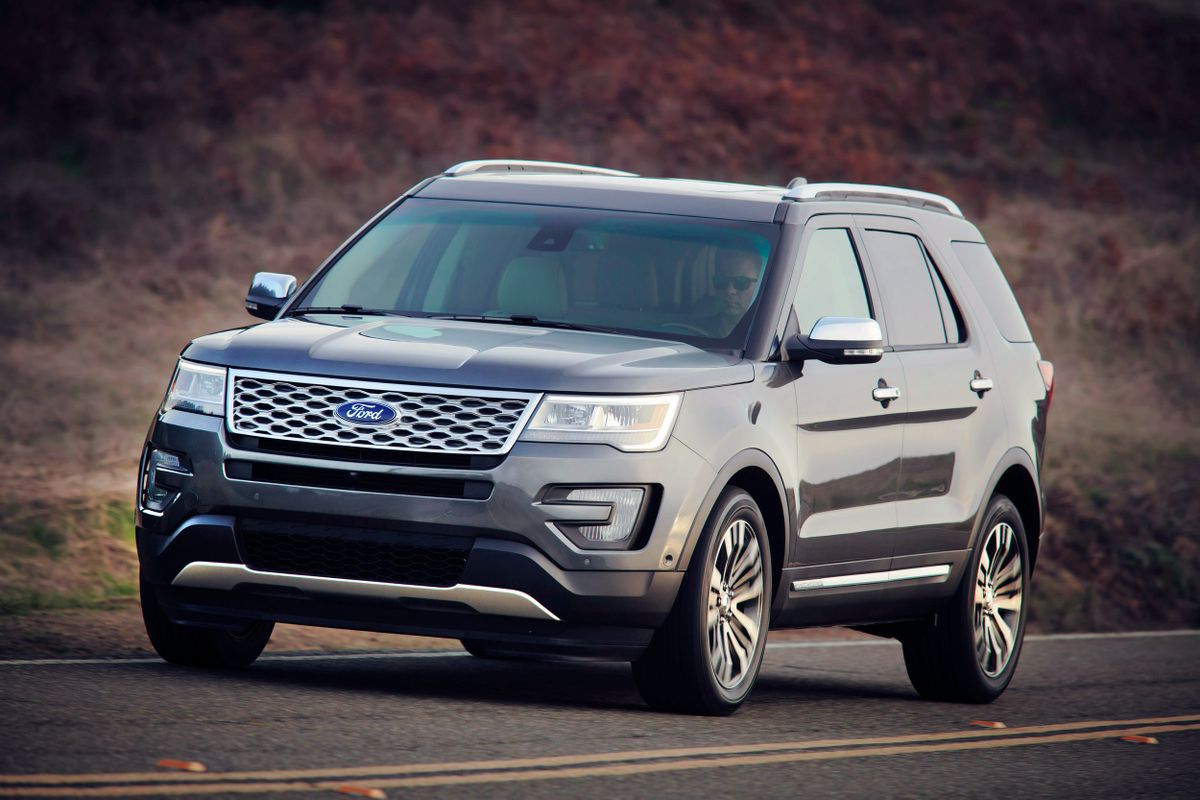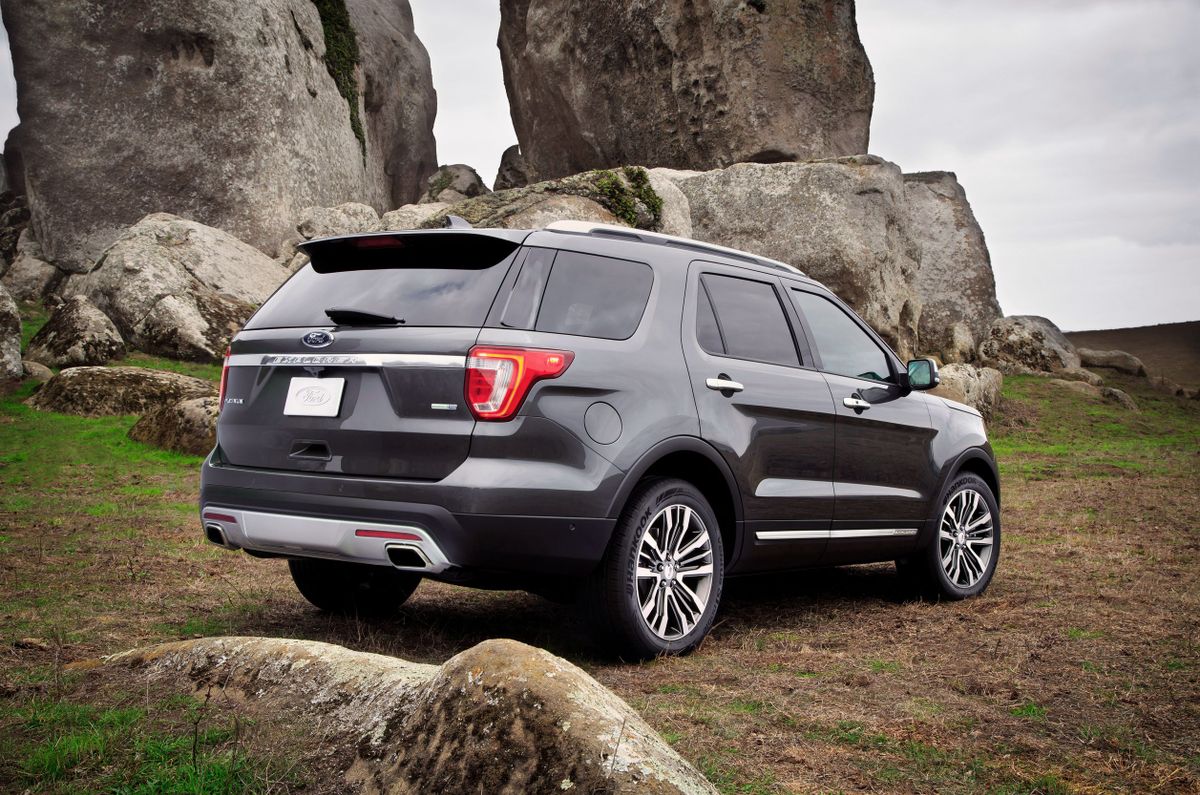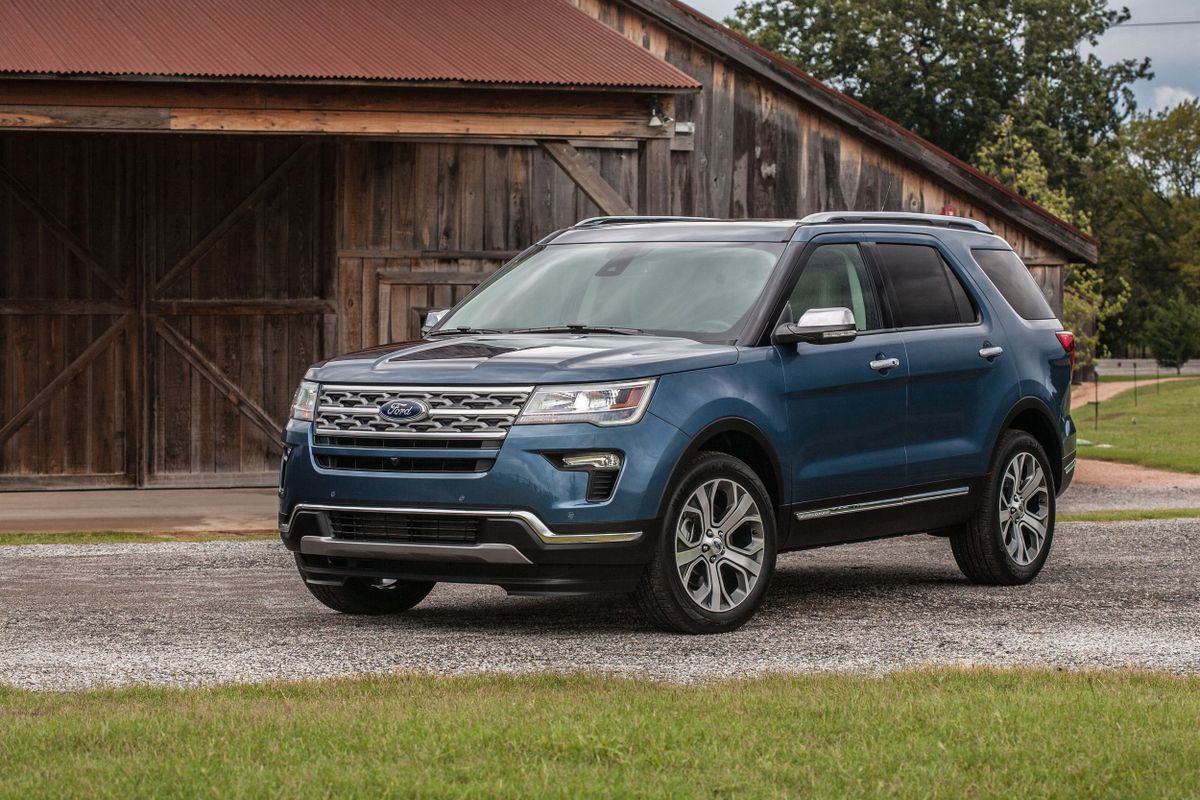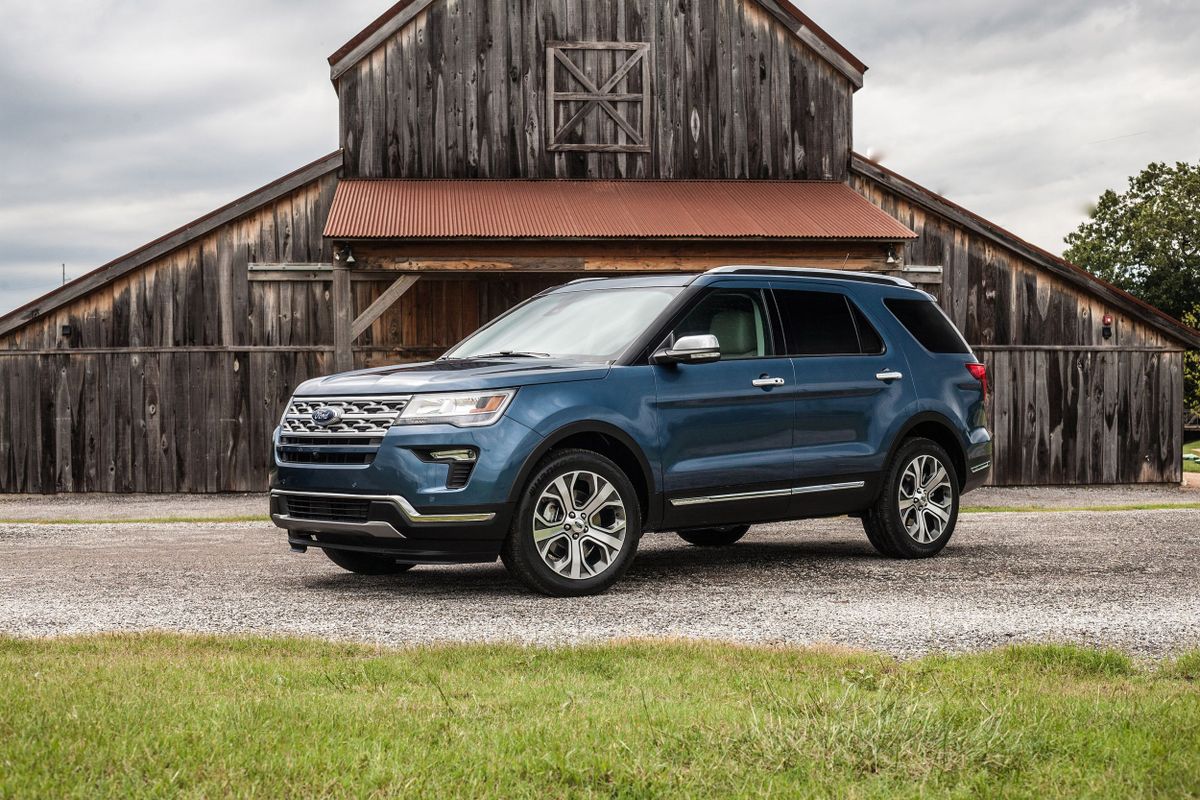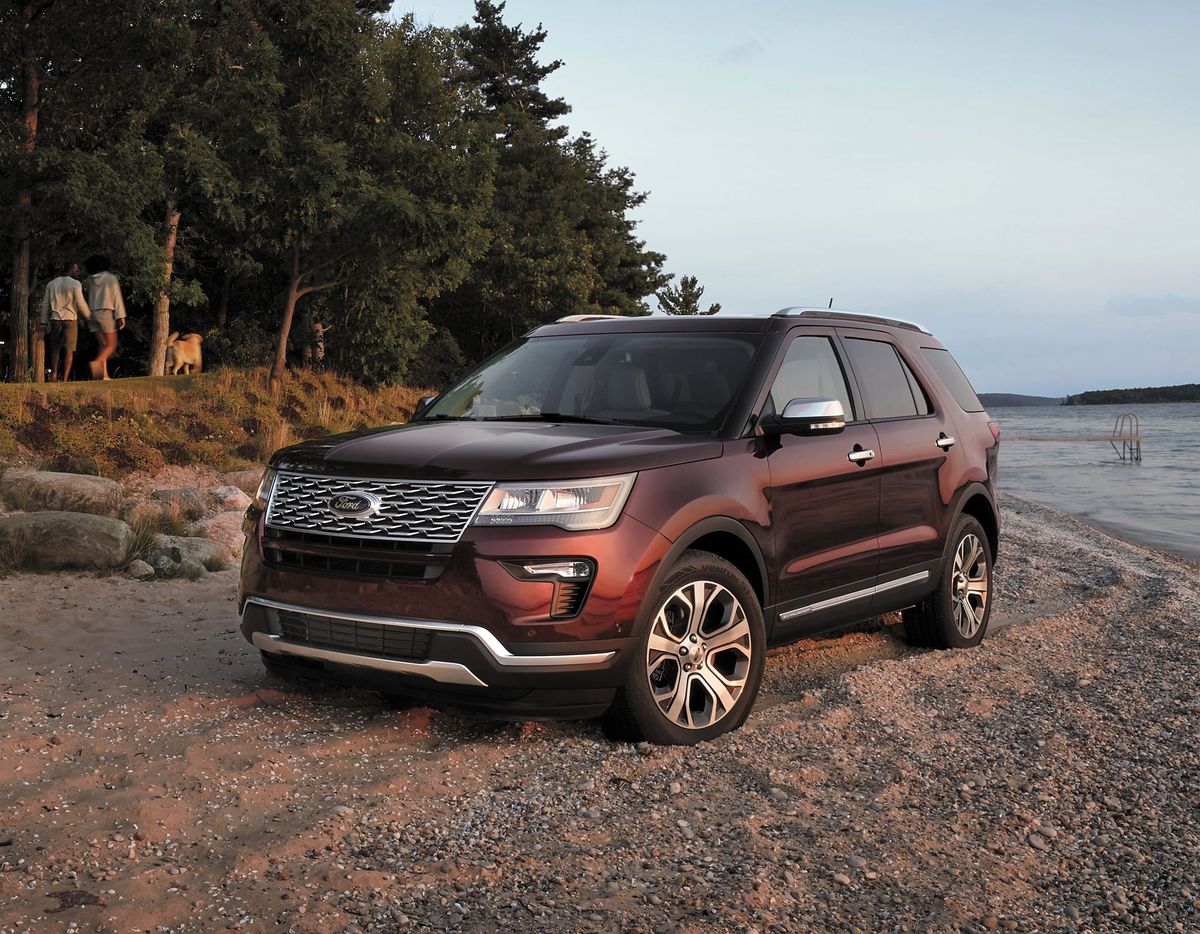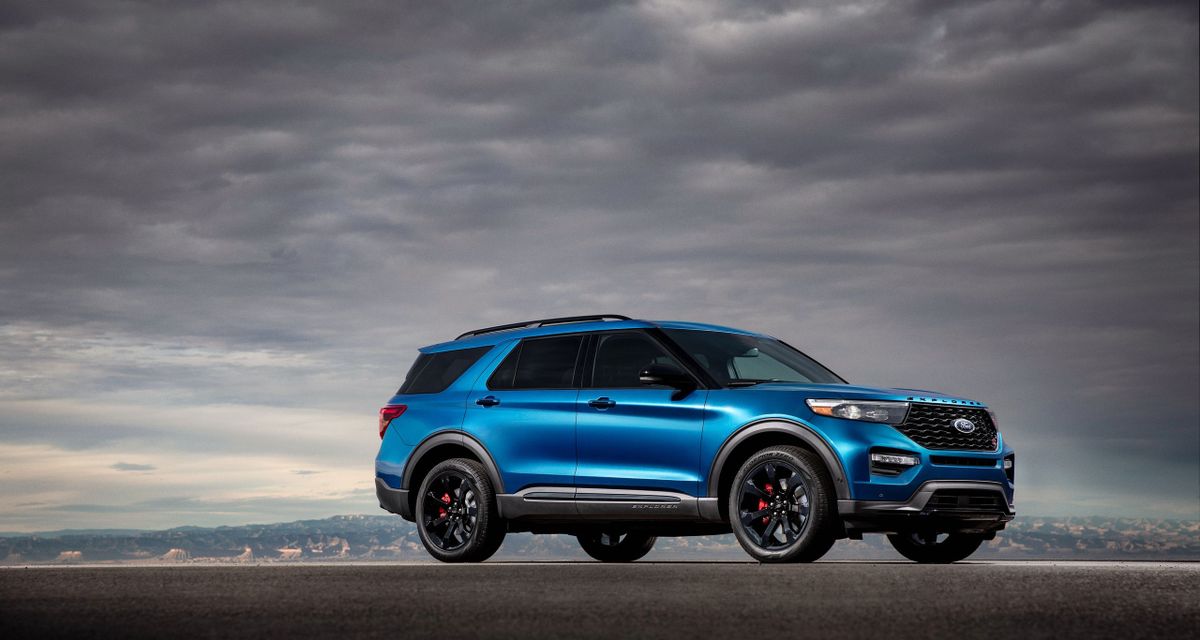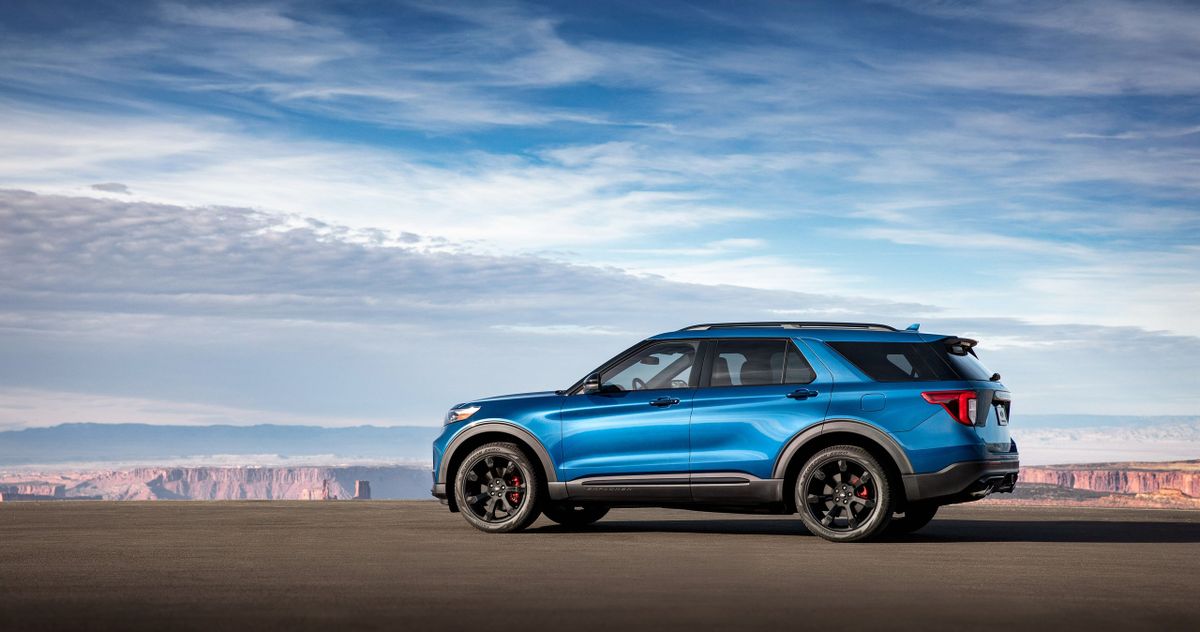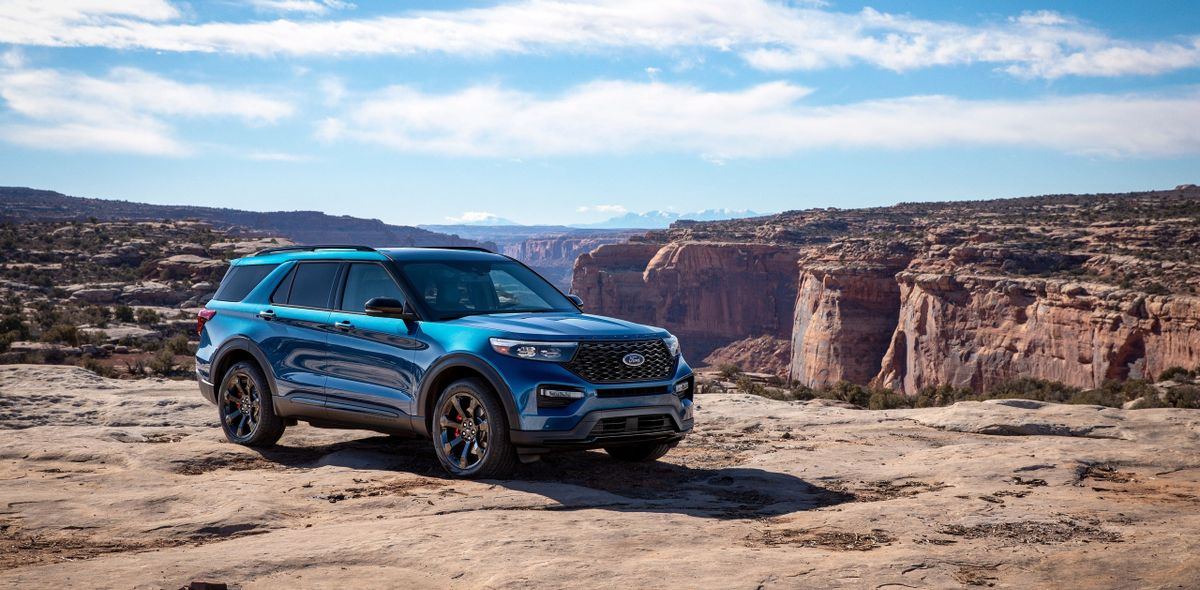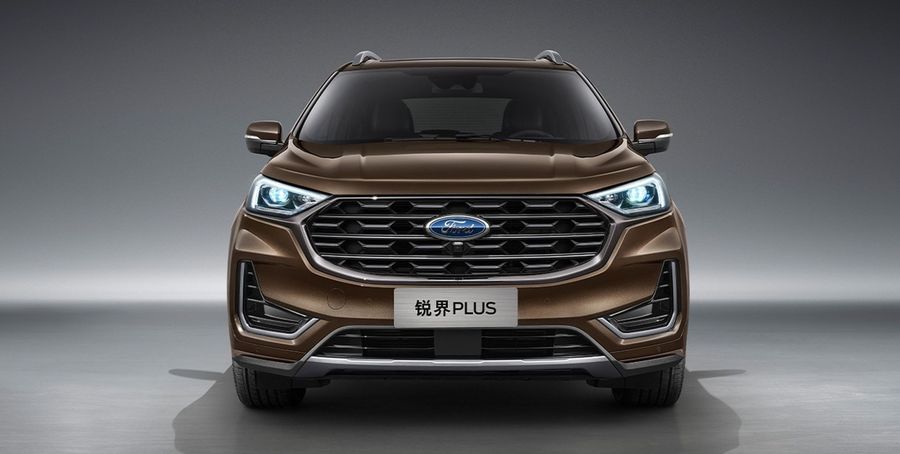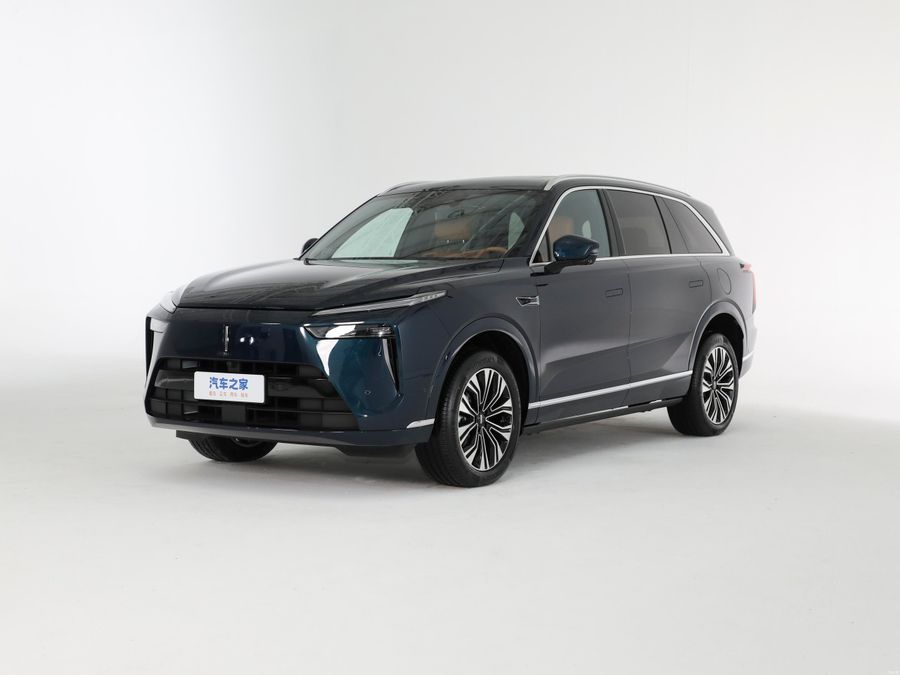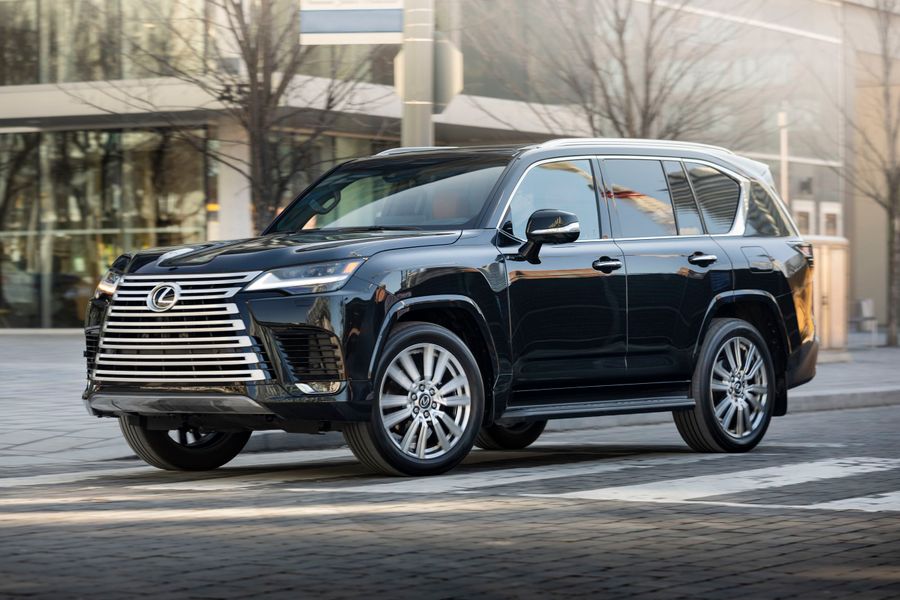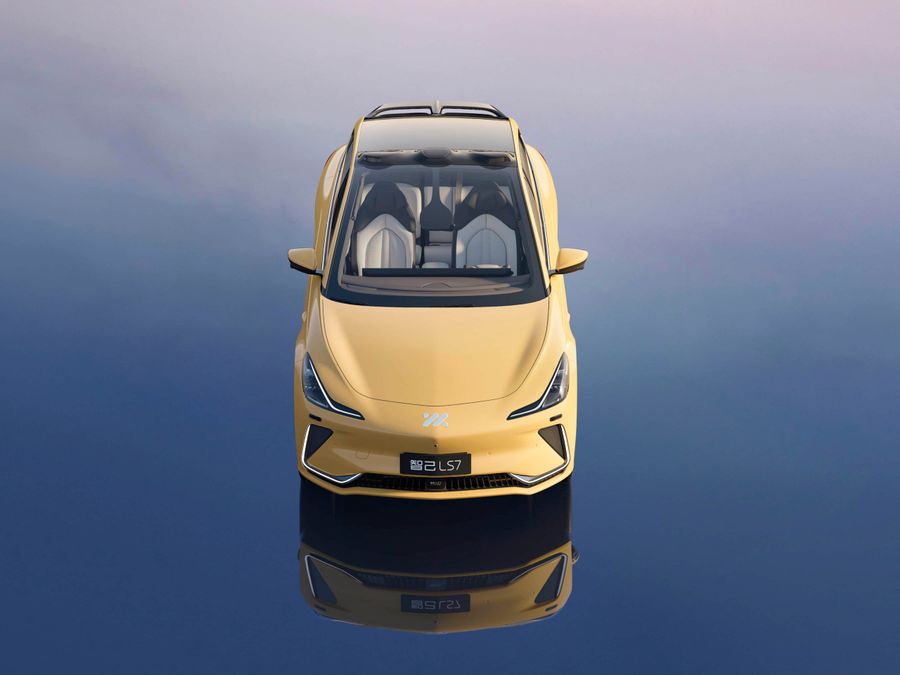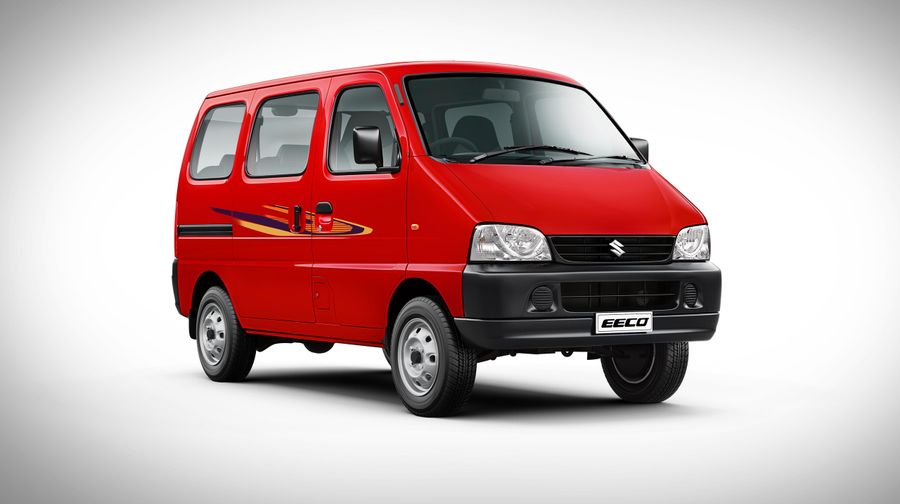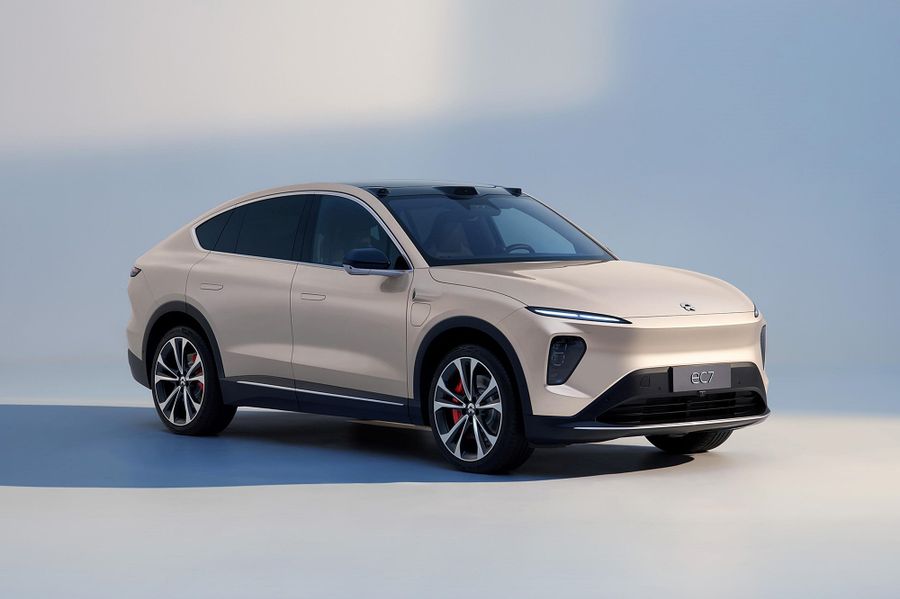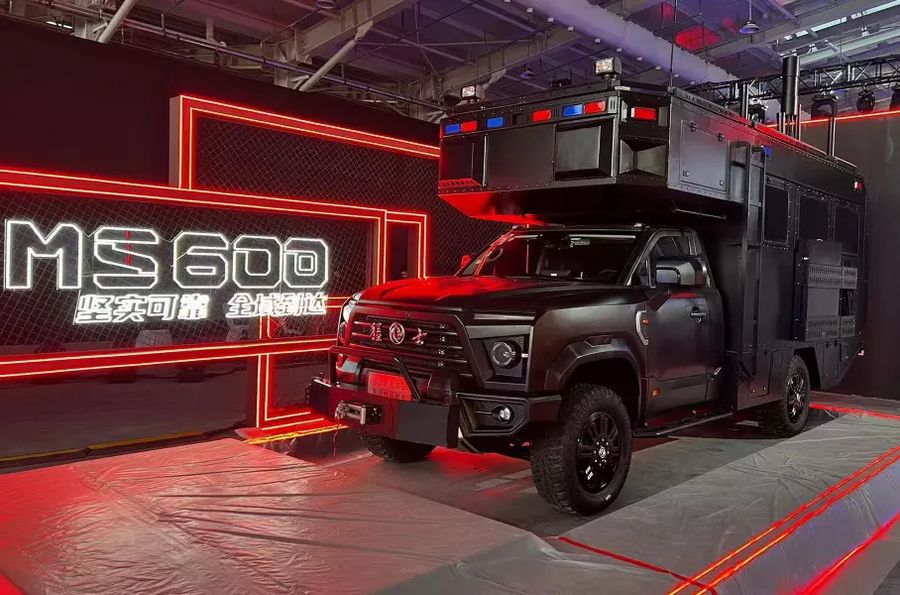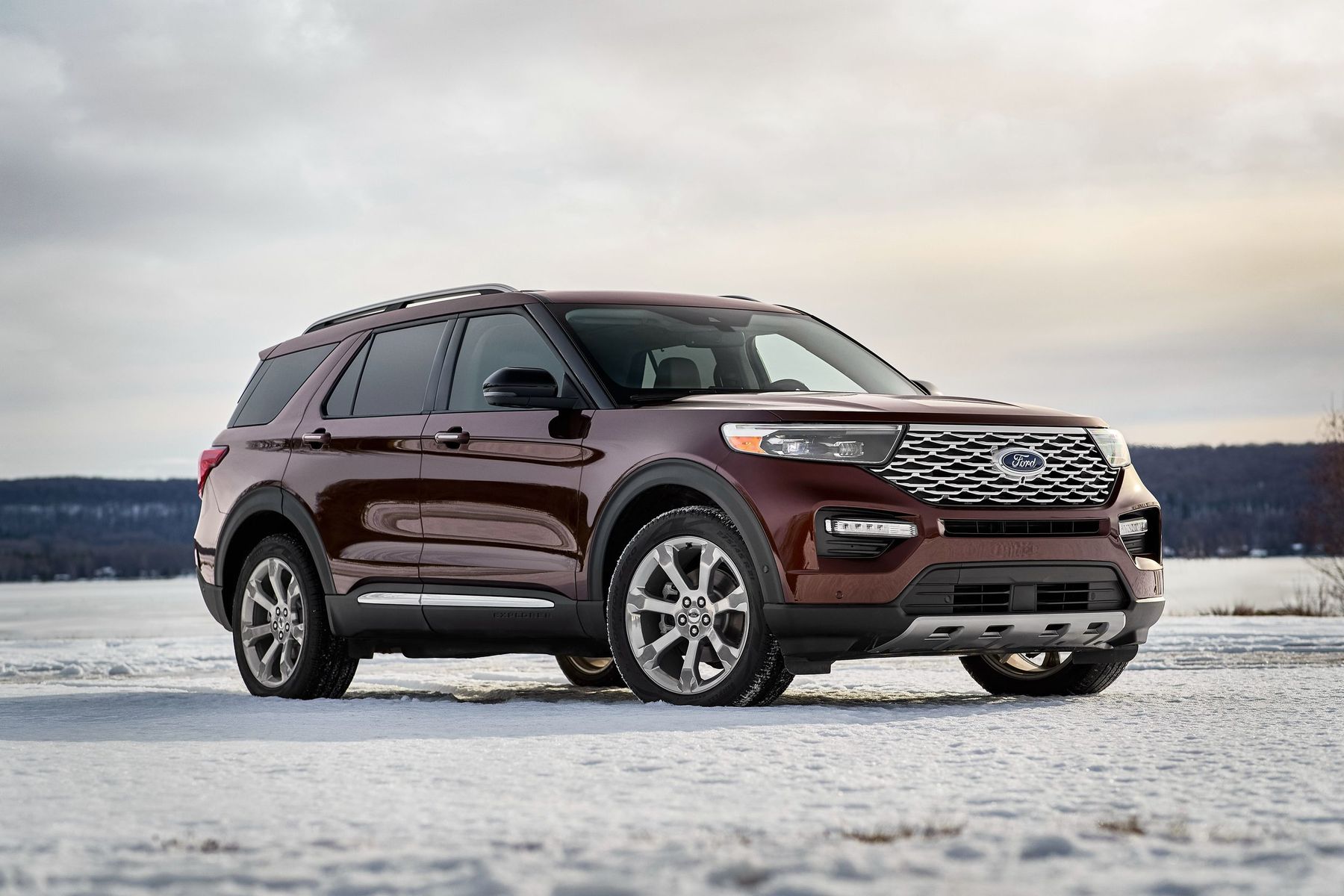
Ford Explorer. 30 years of exploration experience
The Ford Explorer is a mid-size five- or seven-seater SUV (1-4 generations) or a crossover SUV (5-6 generations) manufactured since 1990. At the moment, Israeli buyers can find the sixth generation of the vehicle, which has been produced since 2019 (as of 2021).
The Explorer remains true to its name by constantly exploring roads, off-road capabilities, itself and even us. It’s safe to say that the Explorer was the tool that transformed the SUV from a highly specialized vehicle into one of the most popular vehicle classes. Throughout its history, it underwent several significant changes, was repeatedly recognized as the best SUV and even appeared in Jurassic Park (1993, directed by Steven Spielberg).
The first generation
It was produced from 1990 to 1994. The first Ford Explorer immediately became a bestseller in the US market, winning the Four Wheeler of the Year award twice in 1990 and 1991. It was available in 3- and 5-door versions with a wheelbase of 2,594 mm and 2,843 mm, respectively. This was a body-on-frame vehicle.
The vehicles were powered by a 4-liter V6 Cologne engine generating 155 hp and a torque of 298 Nm at 2,500 rpm. The engine was developed by the Ford of Europe division. After the modernization in 1993, it started producing 160 hp. The vehicles could come with a 5-speed manual or a 4-speed automatic transmission. Both Part-Time all-wheel drive versions (connectable front axle) and rear-wheel drive were offered. The SUV featured an independent suspension at the front and a spring suspension at the rear. There were four trim levels.
The second generation
It was produced from 1994 to 2001. The second Explorer could boast of a more aerodynamic design, featuring a rack instead of a floating lever in the steering. The range of engines expanded to 3 options: two 4-liter V6 Cologne engines (160 hp and 208 hp) and a 5-liter V8 engine with 218 hp at 4,200 rpm, 395 Nm at 3,200 rpm. The transmission was upgraded. The vehicle was primarily equipped with a 4-speed automatic transmission, and since 1997, there was a 5-speed automatic transmission. The manual transmission was also improved.
The second generation vehicles were equipped with three types of all-wheel drive: Part-Time borrowed from the first generation, ControlTrac 4WD without a center differential with a low range and a permanent full Full-time AWD without a low range. Two airbags and an on-board computer were added to the Explorer’s list of equipment.
The third generation
It was produced from 2002 to 2006. The vehicle underwent some major changes, acquiring a longer and wider body, as well as more spacious third row of seats. The second and third rows were still folded to form a flat floor. The frame was 3 times stiffer and the rear suspension was independent.
The old 4-liter V6 engine featured an aluminum cylinder head, generating 210 hp at 5,100 rpm and a torque of 344 Nm at 3,700 rpm. There was also a new 4.6-liter Triton V8 engine generating 240 hp at 4,750 rpm and a torque 397 Nm at 3,450 rpm.
The third Explorer could be equipped with automatic and manual transmissions. Plus, as an option, there was a new AdvanceTrac system, a permanent all-wheel drive with an center differential. The Explorer was the first SUV to be fitted with side curtain airbags.
The fourth generation
It was produced from 2006 to 2010. Almost all the units of the fourth Explorer were modified, starting with the frame, which became stiffer in torsion (by 55%) and in bending (by 63%). The SUV remained faithful to the 4.0-liter V6 Cologne engine, which was upgraded to be more fuel efficient and environmentally friendly with the same power output. The Triton V8 engine was also improved. Thus, it acquired variable valve timing and began to produce 296 hp at 5,750 rpm (torque 407 Nm at 3,950 rpm).
The Ford Explorer came only with two automatic transmissions, which could be 5 and 6-speed. The automatic transmission lever was moved from the steering column to the central tunnel. The vehicle featured a double wishbone suspension at the front and a trailing link suspension at the rear, which improved comfort.
The fifth generation
It was released from 2010 to the end of 2019. This Explorer was literally a new model. It was no longer a simpleton, but a dandy. The black pillars are somewhat reminiscent of the Land Rover SUVs (the same Chief Design Engineer Jim Holland worked on them). The vehicle lost its frame and became longer, 5 meters versus the previous 4.8 meters. The trunk volume was the same (the two rear rows of seats could fold down, increasing the volume of the trunk from 595 liters to 2,285 liters).
The new Ford Explorer still had all-wheel drive or mono-wheel drive options, but the front axle became the driving axle. The all-wheel drive versions featured a new Terrain Management 4WD System, which allowed selecting the mode depending on road conditions: ‘Dirt/Rut’, ‘Snow/Grass’, ‘Sand’, and ‘Track’. From now on, the Explorer had the MacPherson strut suspension at the front and a multi-link suspension at the rear.
The huge motors were a thing of the past. The 2019 Ford Explorer featured two new transverse engines. The first was a 2-liter EcoBoost engine for front-wheel drive versions (4 cylinders, turbocharging, 237 hp). The second 3.5-liter Ti-VCT V6 engine was designed for front-wheel drive and all-wheel drive versions (249 hp). The Ford Explorer Sport modification had a 3.5-liter EcoBoost engine with 365 hp. Only a 6-speed automatic transmission was available for the new Explorer.
The basic XLT trim level offers an impressive list of equipment: 18-inch wheels, cruise control, dual-zone climate control, additional air conditioning for the rear area in the passenger compartment, 4 12V sockets, heated and power front seats and side mirrors, CD/MP3 audio system with 9 speakers. The My Ford Touch infotainment system included two 4.2-inch color displays on the dashboard and an 8-inch touchscreen display on the center console. The top-end Limited version (apart from the standard luxury items) was distinguished by a driver’s seat with the memory function, a premium sound system with 12 speakers, an electrically adjustable pedal unit with the memory function, an electric tailgate, adaptive cruise control, and active parking assistance.
2014 restyling
The vehicle could offer a redesigned front face, better safety level and a wider list of equipment for basic versions, including LED low-beam headlamps, keyless entry and engine start button, electric heated windshield, 3-zone climate control, etc. In 2015, the manufacturer presented the Explorer with the 345 hp Ecoboost internal combustion engine (biturbo, direct fuel injection). It could accelerate to 100 km/h in 6.4 seconds.
2017 restyling
The exterior and electronics were slightly modernized. The vehicle started featuring a 4G modem with a Wi-Fi access point (supported up to 10 devices and worked at a distance of up to 15 meters). And the new folding key allowed starting the vehicle using a remote start at a distance of up to 100 meters. The top-end versions offered a system of automatic switching of high/low light, parallel and perpendicular park assist, and lane keeping assist systems.
The sixth generation
It has been produced from 2019 to the present (as of 2021). Curiously, the new Ford Explorer returned to the classic layout with a longitudinal engine and rear-wheel drive. It has become 40 mm longer (up to 5,050), 20 mm wider (up to 2 m), and 7 mm lower. The wheelbase has grown by 165 mm, reaching up to 3,025 mm. The interior features a 2+2+2 layout. Trunk volume varies from 515 liters to 1,356 liters (with the third row folded down) and to 2,486 liters (with two rows folded down).
The new crossover SUV features two turbocharged EcoBoost engines. There is the basic 2.3-liter engine with 300 hp and a torque of 420 Nm. The second engine is a new 3-liter V6 (365 hp, 514 Nm). The vehicle comes with a 10-speed automatic transmission. The vehicles equipped with a smaller engine have rear or four-wheel drive, whereas 3-liter versions have a 4×4 transmission. Shortly after the petrol modifications, the manufacturer presented a hybrid version, equipped with a 3.3-liter V6 naturally aspirated engine, an electric motor and a 10-speed automatic transmission. Both rear-wheel drive and four-wheel drive are available. The total output of the powertrain reaches 323 hp, while the drive range exceeds 800 km (mono drive).
Note: the maximum mass of the towed trailer has increased from 2,268 to 2,540 kg. The standard equipment of the 2020 Ford Explorer includes the Co-Pilot360 driver assistance system (collision avoidance system, blind spot monitoring system, lane keeping assist, automatic headlight switching, self-cleaning rear view camera). The list of options includes adaptive cruise control, active parking assistant, etc.


